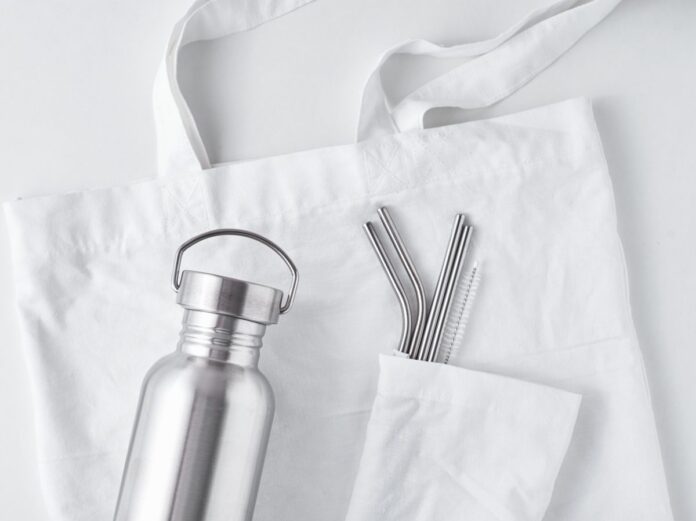Tariffs are threatening 31-year-old promotional product supplier Greater Pacific. “We’ve had to stop booking new business because the more we book, the more money we lose,” said Ben Zhang, Greater Pacific’s founder and president/CEO.
Greater Pacific sources custom-branded products for major clients, including many Fortune 500 companies, through distributors. Think tote bags and reusable water bottles that you had at your last conference.
But now it has had to halt hundreds of projects it has in production in China. “When they arrive at U.S. customs, we’ll be hit with tariffs that will add anywhere from $2 to $3 million in unexpected costs,” said Zhang. “Small businesses like ours just can’t absorb these costs.”
He said he’s told his 70 employees to stop working from May 1 on but plans to cover partial salaries and medical benefits as long as possible.
Industry Hit Hard By Triple-Digit Tariffs
Section 301 tariffs on Chinese imports, some now reaching 145%, have the entire promotional product industry scrambling. The fallout is rippling through the meetings and events industry, where branded giveaways remain a staple of in-person engagement strategies.
The Promotional Products Association International (PPAI) says tariffs are now the number one concern for 82.4% of its top 100 companies. The organization also reports that 66.7% of its top 100 suppliers face higher costs, with over 78% having raised product pricing to protect margins.
These increases are hitting event budgets when planners are already navigating rising costs.
In response, 70% of suppliers are shifting sourcing away from China. Among the alternative manufacturing hubs being considered are Vietnam, Bangladesh, Indonesia, Malaysia, and Thailand, Central America, and, where possible, the U.S.
To reduce reliance on Chinese manufacturing, Zhang invested in SourceReady, an AI-powered sourcing tool connected to over 600,000 manufacturers in countries including Vietnam, Cambodia, the Philippines, and Mexico. Outsourcing to other countries has challenges of its own, said Zang.
“Many of those counties are taking advantage of the situation and are raising their prices,” said Zhang.
Greater Pacific also looked into using factories in the U.S. “They can’t meet our timeline. The U.S. doesn’t have the complete supply chain like China does with a workforce, raw materials, factories, logistics and more.”
PPAI Appeals to Lawmakers
PPAI is trying to help.
“We have long supported free trade, but any measures, including tariffs, must be implemented strategically to minimize disruption. Abrupt cost increases don’t just impact large companies; they trickle down to small distributors, affect jobs, and ultimately reshape the pricing landscape for the entire industry,” said Drew Holmgreen, president and CEO of PPAI.
PPAI is urging policymakers to consider the broader implications. “We’re advocating for a thoughtful approach,” said Holmgreen. “We want trade policies that strengthen the U.S. economy without catching American businesses off guard.”
Along with groups including the National Retail Federation, American Apparel & Footwear Association, and the U.S. Fashion Industry Association, PPAI is in active discussions with trade lawmakers, pushing for targeted, transparent trade frameworks that give companies time to adapt, especially as planners forecast budgets for 2025 and beyond.
SWAG Act Raising Concern As Well
The pressure doesn’t stop with tariffs. The Stop Wasteful Advertising by the Government Act (SWAG) Act, a bill prohibiting federal agencies from using government funds to purchase, acquire, or distribute promotional products, is also raising concern. Many of these giveaways are often used in public health and safety campaigns.
The UK is also banning government spend on branded merchandise, part of an initiative to “crack down on wasteful spending.”
